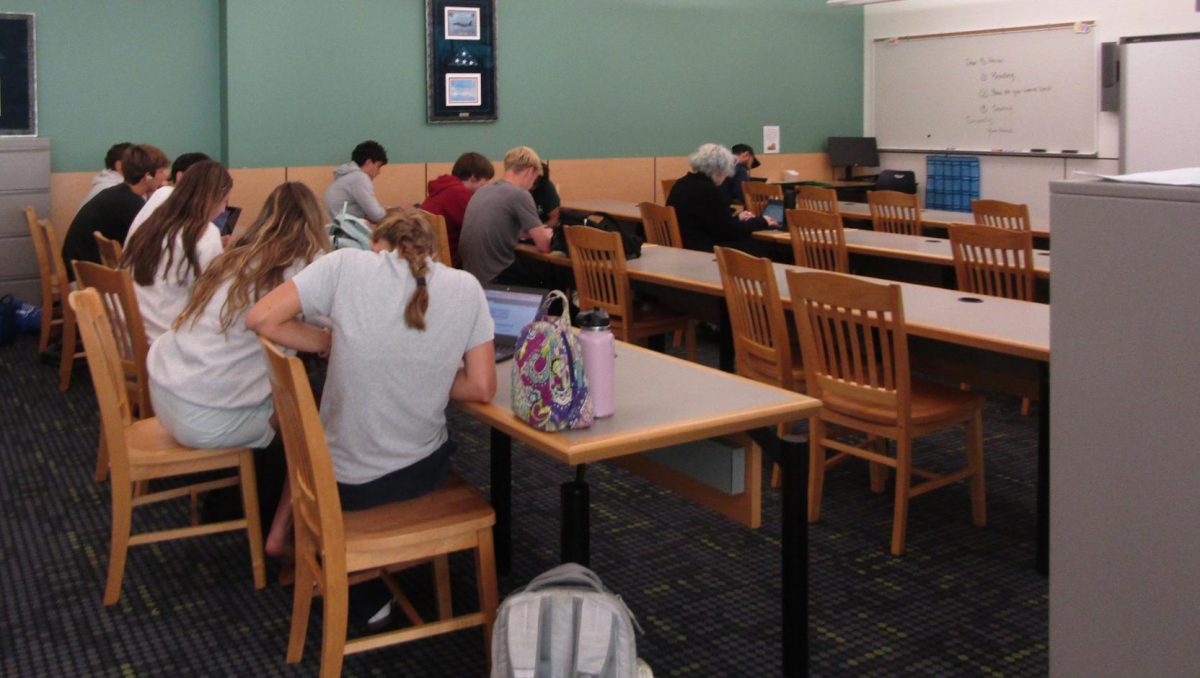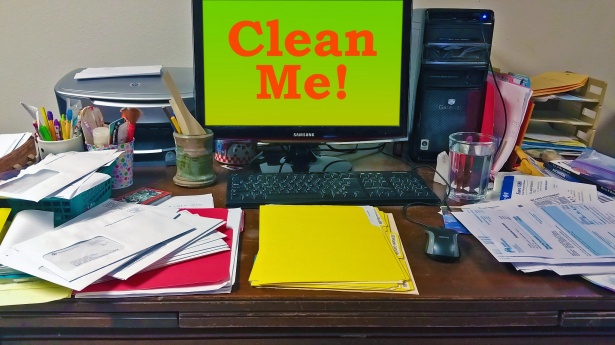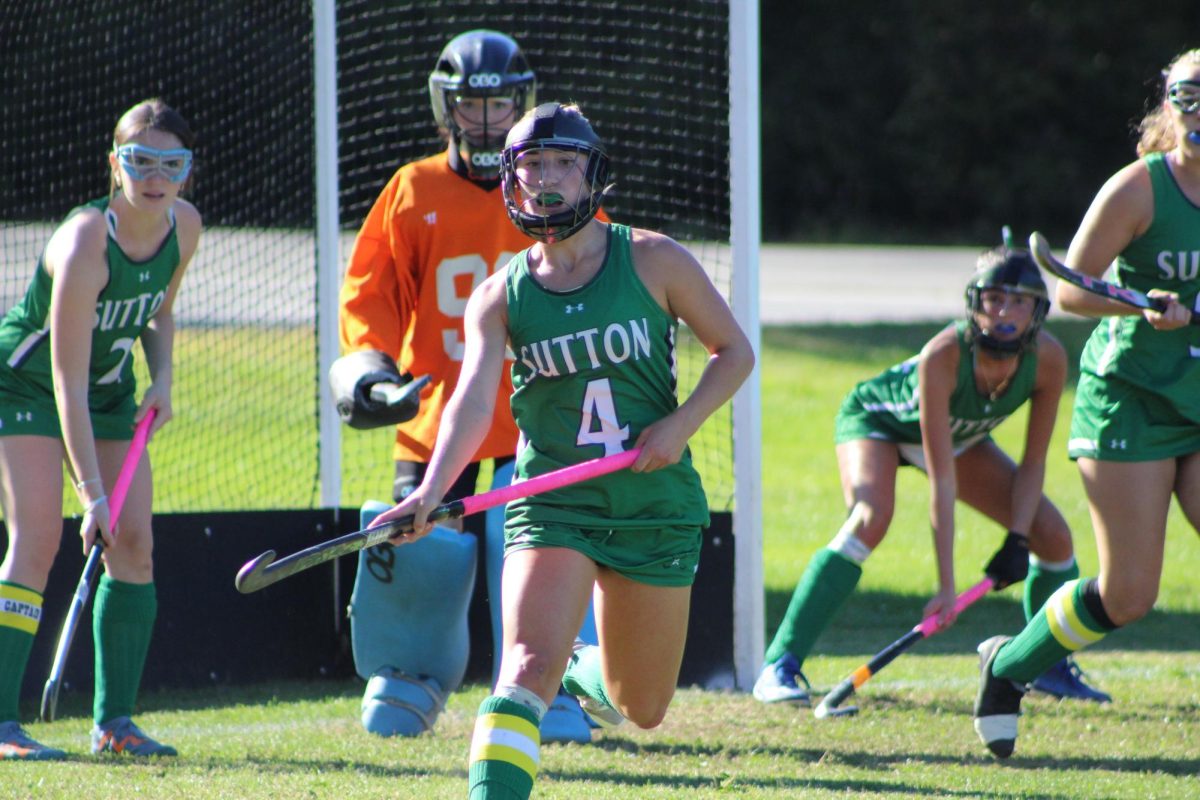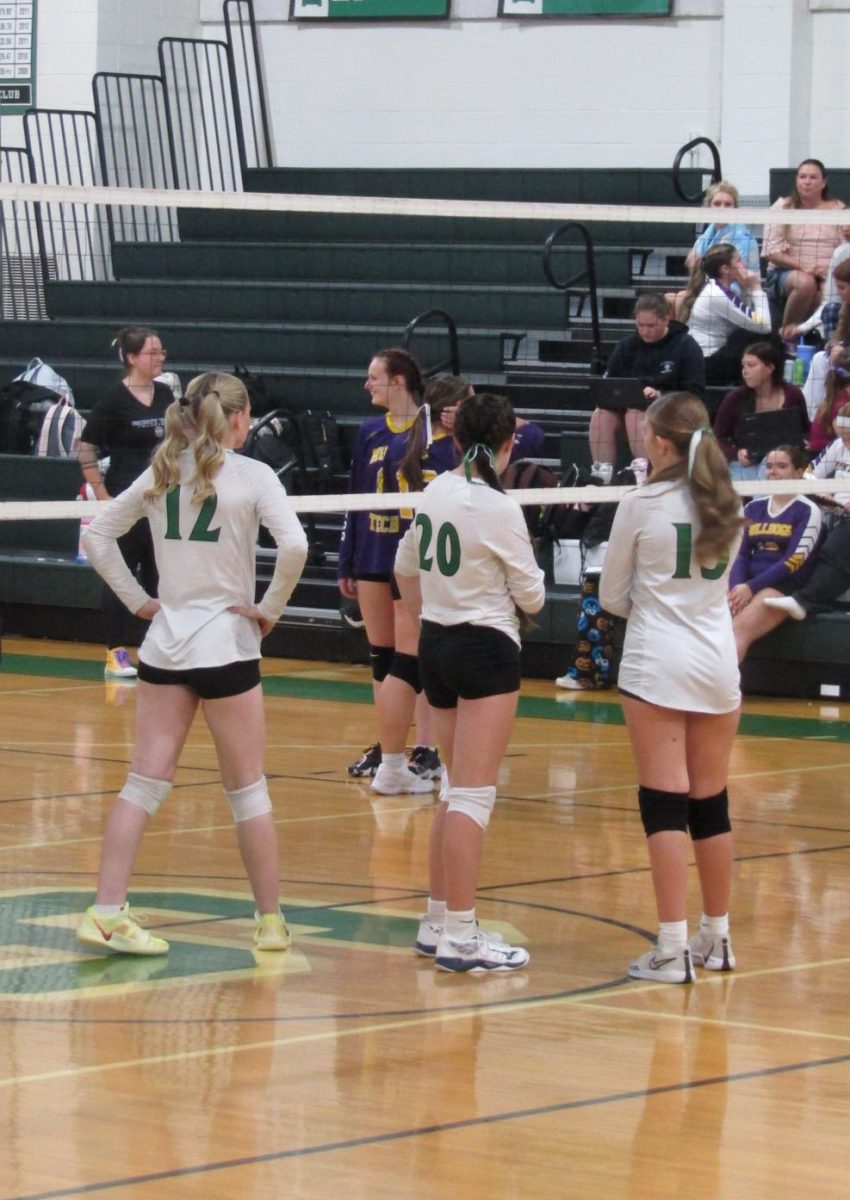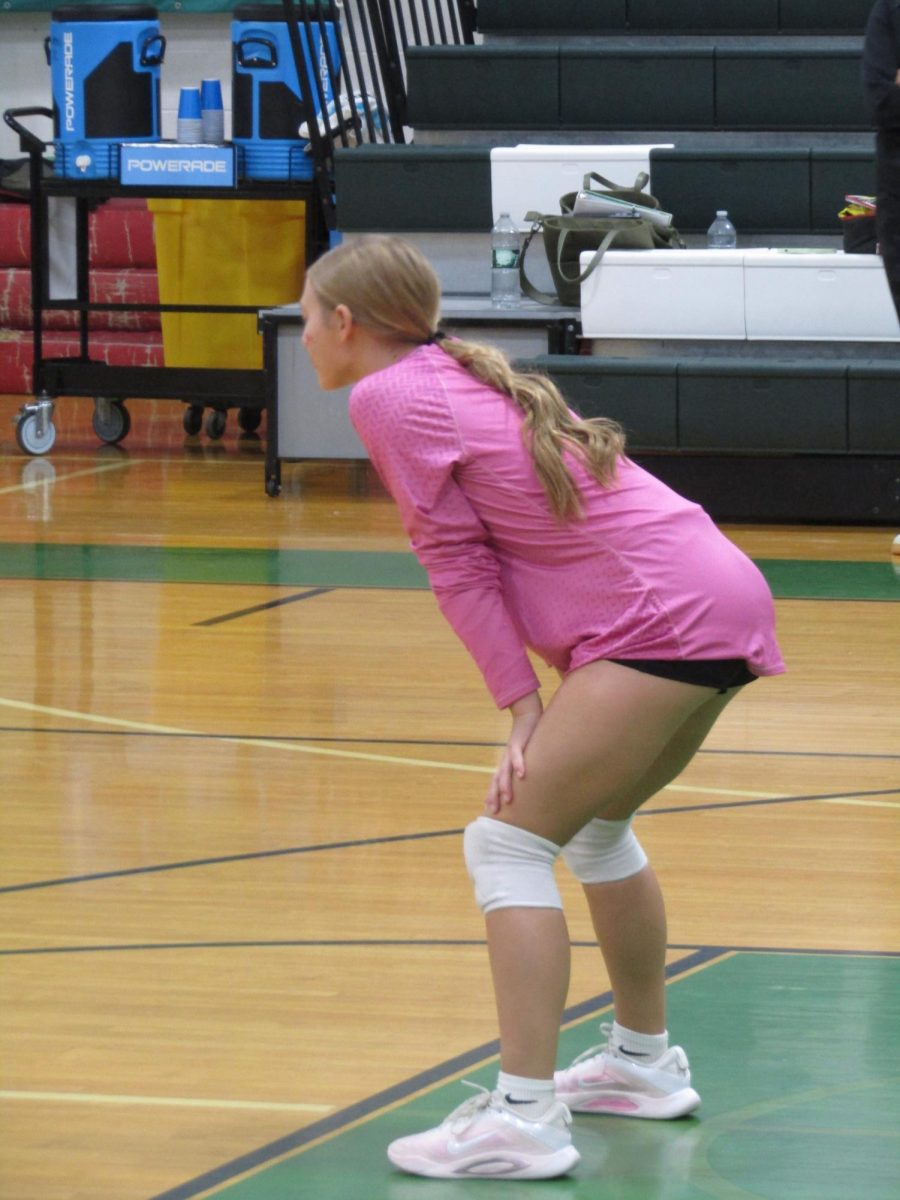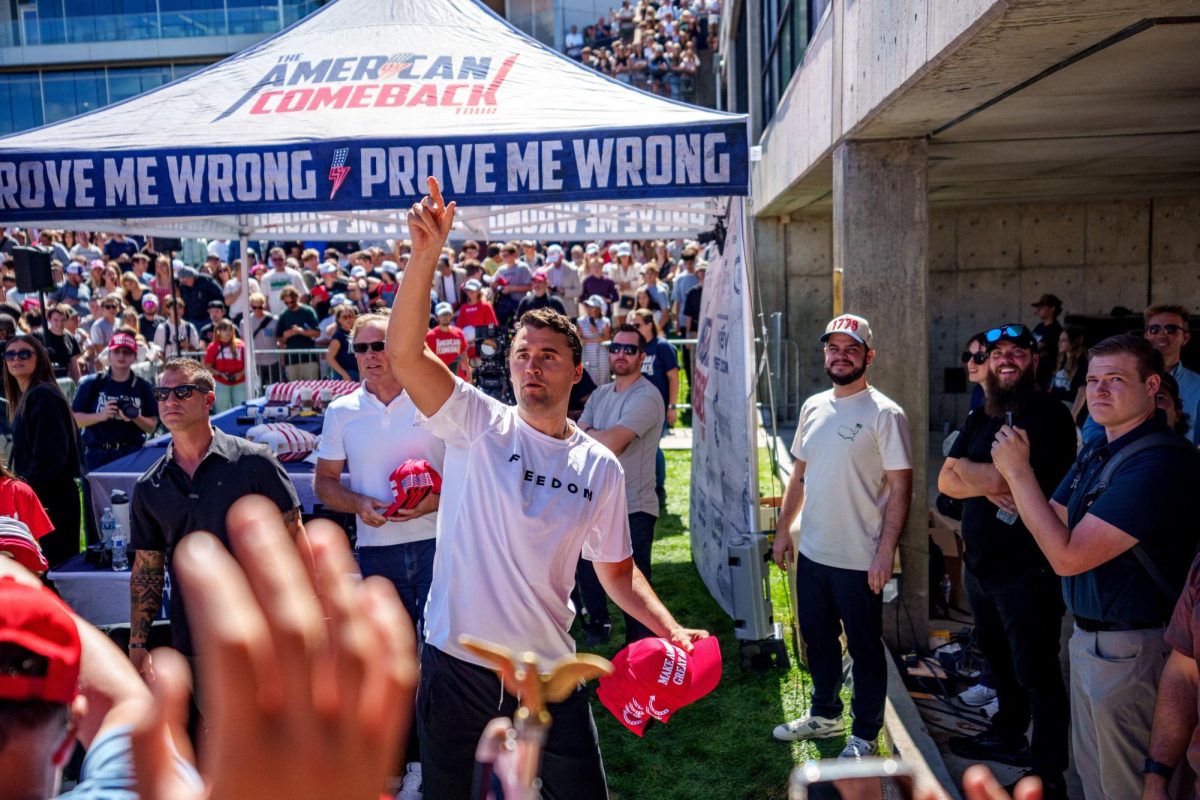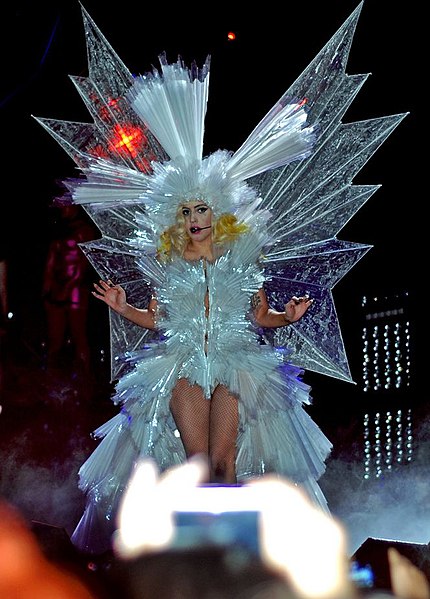Ottawa Trucker Convoy: Party or Protest?
Big trucks disrupt life for many in Ottawa.
“Truckers lineup their trucks on Metcalfe Street as they honk their horns on February 5, 2022 in Ottawa, Canada.”(Panagiotakis/Getty Images)
March 22, 2022
Inflatable hot tubs, honking, gas cans filled with Gatorade, rave music, BBQs, and sleepless nights for many. This has been the scene for many residents of Ottawa, Canada.
Trucks have been piling up and creating a sort of blockade in recent weeks. People have taken to the streets in distaste for how things are being done in Canada. Even with all this the morale was high. Nate Hochman from NR news reports, “there’s an easy-going, happy-warrior feeling to it; music emanates from speakers in different encampments, free food and coffee is served out of makeshift booths, and truckers pray the Lord’s Prayer — in English and French — every evening at 7 p.m,”[1].
While all that is great, one can’t help but ask–why?
On January 15th of 2022, a vaccination mandate went into effect to include the Canadian truck drivers who travel between the US-Canada border. Additionally, a week later there would be an implementation of a similar policy for American truck drivers moving between the two countries.
Enraged and fed up truck drivers bound together across the country to protest. They took their trucks and set for Ottawa with the intention of staying until the mandates were lifted. They arrived at Parliament Hill (where the Canadian government convenes) on January 22. Estimations found about 3,000 truckers and over 15,000 protestors were involved [2].
The demonstrators call themselves the “Freedom Convoy.” They appear to be protesting the mandates themselves and not as anti-vaxers. However, there seems to be a lot of diverse ideas and beliefs at these protests and no one agenda in mind.
Some people want no restrictions at all, others simply want the mandates to go away, while still others are protesting the poor leadership of Trudeau. Interestingly enough, over 79% of the eligible population of Canada has received two doses of the vaccines.
Then on January 31st of 2022, Trudeau condemned the protests and said he would not meet with them because, “they promote hate and espouse anti-science views,” [3]. This is in reference to sightings of Swastikas and Confederate flags. However, there does not seem to be much evidence of these occurrences.
The protests and overall collision of opinions and emotions would continue for several weeks. Even with warnings, fines, and some arrests, the trucks would remain in park.
On February 11 Ontario Premier Doug Ford issued a state of emergency. This allowed for newly created legal sanctions to be implemented on the blockading of highways, roads, bridges, etc. Additionally, on this day Justin Trudeau, along with Joe Biden, had a long conversation about courses of action. Even with all of this, on the 12th there would be another massive live concert at the protest with their very own inflatable hot tubs and fires.
Then February 14, for the first time ever in Canadian history, Trudeau invoked the Emergencies Act. This was considered before, like during WWII, but never used until now. The act allows the government “extraordinary powers for 30 days,”[4]. In order to invoke this act there must be certain requirements met such as: “urgent and critical situation… seriously endangers the lives, health, or safety of Canadians.” With this new power the government can halt travel from certain areas, order mandatory evacuations, direct private companies to render essential services (tow truck companies), and more.
In the midst of all of this confusion, frustration, and wild party-like events, restrictions and mandates have been slowly lifted across Canada. Whether or not this is related to the protests is debatable, as some say it merely has to do with the waning Omicron cases.
Ontario said as of February 14, they plan to speed up removing vaccine requirements along with capacity limits for stores. Alberta ended their mask mandates for school children on the 14th as well. Ontario, the main source of the protests, said they would end the vaccine passports on March 1st.
Premier Jason Kenny said on February 8th that, “The threat of COVID-19 to public health no longer outweighs the hugely damaging impact of health restrictions on our society, on people’s mental health, on their emotional wellbeing, on our broader social health. “So now is the time to begin learning to live with COVID.” [5]
It seems now, after several weeks, the blockades and protests have ended. Through arrests, towing, and overall loss of morale, people have left one way or another. The protests ended the same way they began, “remarkably peaceful, particularly in light of its decentralized and largely spontaneous nature,” [6].
In the end of it all, 5 provinces including Ontario, Alberta, Saskatchewan, Quebec, and Prince Edward Island would remove their vaccine mandates. The federal government would also move to ease COVID restrictions at the border, the main reason for the movement.
Needless to say, people will either remember this event as fringe minority extremists disturbing the peace or a peaceful movement full of life loving people just trying to get back to the way things were.


